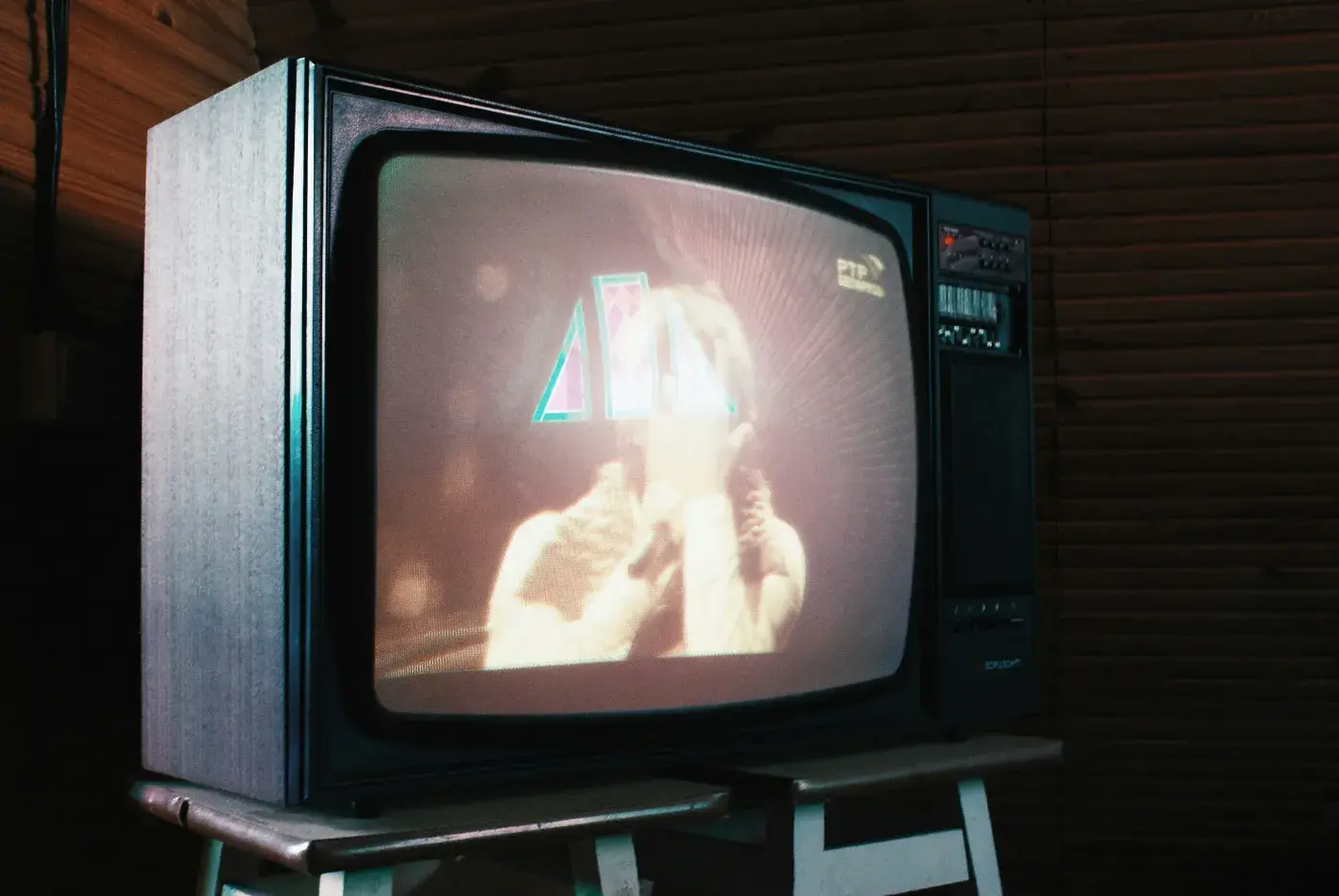The Daily Soap Opera
When an American company came up with the concept of the soap opera, nobody could have guessed that it would develop into a popular broadcasting format on radio and television . But where did the soap get its amusing name, what makes it so special and why is the production interesting for TV broadcasters? You can find out all this and much more here.
Soap opera - a name with a programme
The soap opera is actually named after the detergent of the same name - because the company was the detergent manufacturer ‘Procter & Gamble’. To make his commercials more interesting, he surrounded them with a frame story: the depiction of events in Ma Perkins' general shop, where the advertised products could be bought. The story, which was spun out on a daily basis, was very popular with the public and was constantly expanded. Initially banal customer encounters gave rise to conflicts that came to a head and were resolved again - very similar to the dramas in the great stage work opera.

From radio to television - the soap’s development
It all happened in the 1930s and took place on the radio, where millions of housewives listened to the story every day. Other companies copied the concept and increased the number of soaps broadcast daily to over 60, a success that TV channels tried to capitalise on by adopting the idea of the soap opera. However, only one of the many series managed to maintain its popularity in the new medium: the soap ‘The Guiding Light’, broadcast since 1937, ran on television for over 50 years from 1952 - making it both the oldest and most successful soap opera. It was also a hit in Germany, but was removed from the programme in favour of an in-house production, the daily soap ‘Gute Zeiten, schlechte Zeiten’, which is still running today.
The universal recipe for a soap
The popular early evening series shows very clearly what characterises all representatives of its genre:
1. There are always several storylines with slightly offset starting and ending points. They have certain intersections and are loosely interwoven, which is why experts speak of a braided structure or dramaturgy.
2. Viewers always have a slight information advantage, i.e. they often know more than the actors in the soap, this is known as dramatic irony. As a result, they follow the events all the more intently - because they want to know whether things will actually develop as assumed.
3. Staged conflicts are not resolved until the next broadcast. As a rule, every episode of the soap opera ends with a cliffhanger.
4. The pace of the story is very moderate. There are neither time jumps nor flashbacks; instead, the protagonists occasionally comment on past events or the most important character constellations.
5. Soaps are produced exclusively or to a large extent in the studio, which means that production costs are low. In return, the series generate high advertising revenue for television, as several adverts can be placed per episode.
6. 25 minutes of broadcast-ready material are produced on each day of shooting, twenty times the length of a feature film. The working day for soap actors is correspondingly tough. At the same time, the high demands train all the basics of the acting profession: punctuality, discipline, commitment, memorisation, improvisation skills.

Are daily soaps and telenovelas the same thing?
There are strong parallels between them and Latin American telenovelas . But even though the terms are increasingly being used interchangeably, there are more differences than similarities. You can find out more about this in our knowledge section under ‘Telenovela’.
